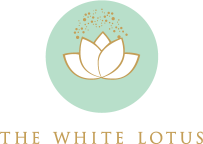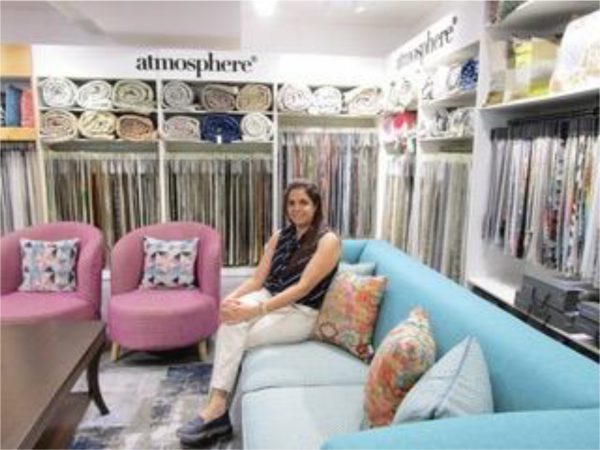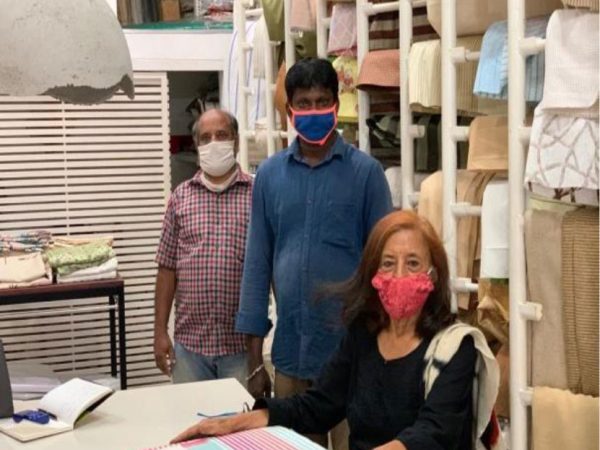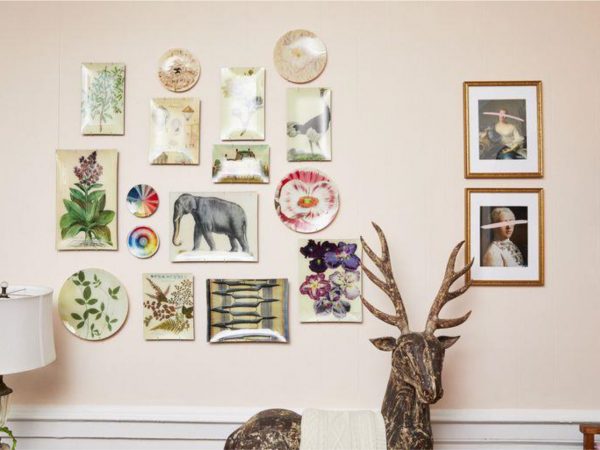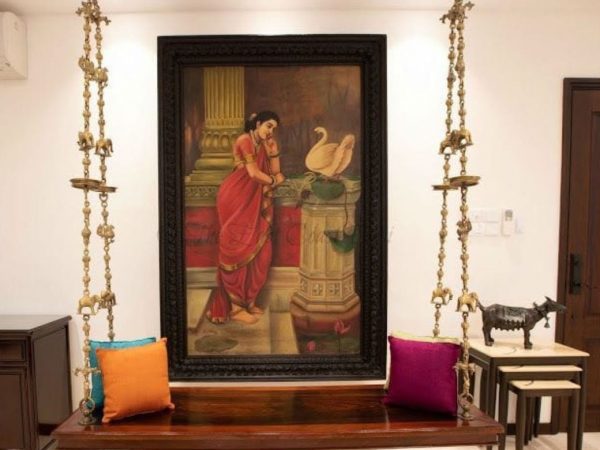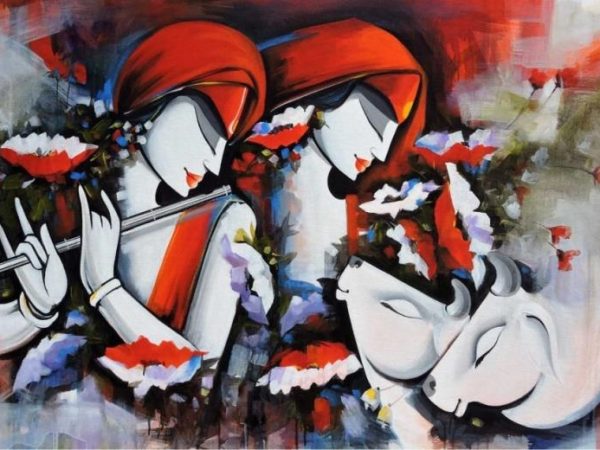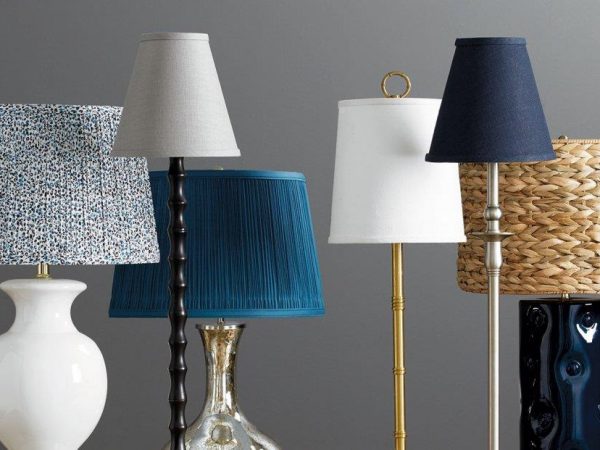Tabriz , I always thought it was this mystical place, brought alive by The Shams of Tabriz in Elif Shafak`s book, The Forty Rules of Love, a love story that is a must read. Tabriz, is the capital city of East Azerbaijan in Iran and it literally means- A Persian rug usually having a cotton warp, firm wool pile, and a medallion design. And wonder where all this leading to, well to my next musing – Its Carpets and not just carpets but the warp and weft of it.
Rugweave Chennai, is a family run business by a father, daughter and son trio. I had the pleasure of meeting with Tariq and Zeeshan who freely shared their wealth of information on carpets.
Where do you source your carpets ?

Basically we source carpets from all over the world! We have been buying carpets for generations.
In the old days before the partition, people from Afghanistan and Iran, Persia as it was called then, where there were no visa and passports etc., people would just travel to India and sell their carpets just like that. If
you look at the Indian museums and the old Maharajas and Nawab`s residences, carpets were from Iran only. We have those kinds of carpets which we have acquired from Indians who had these carpets for generations.

Now the interesting part is that from Afghanistan, a lot of people come to Delhi because of the medical facilities and they carry these carpets with them which are sold in the Indian markets and that takes care of their medical expenses.
A comfortable exchange that’s been in existence since time immemorial.
To get new carpets, is not a problem, we can import the carpets from Iran by Air.
Central Asia is the carpet industry of the world. Central Asian countries we are talking about are Iran( Persia), Afghanistan, Kazakhstan, Baluchistan (which is a shared space between Pakistan, Afghanistan and Iran) Turkmenistan, Azerbaijan, Tajikistan and Armenia .

Common Rug Sizes
Before you start shopping, you need to know two things: how to choose right rug size and how to place your rug. The perfect rug can breathe life into a room and unify your furnishings, especially in an open-concept space.
| ROOM SIZE | RECOMMENDED RUG SIZE |
| 5 x 7 feet | 3 x 5 feet |
| 7 x 10 feet | 5 x 8 feet |
| 10 x 12 feet | 8 x 10 feet |
| 11 x 14 feet | 9 x 12 feet |
| 14 x 17 feet | 12 x 15 feet |
What kind of Carpets will you recommend for the people in Chennai?

Mostly people prefer Silk Carpets from Kashmir, since it collects less dust than the woollen ones. Basically carpets have just two variants and
predominantly in wool. City based Carpet and the Village/Tribal Carpet. They are distinctly different. Iran is a country that has both these
types.
Tribal Carpets – they use only wool, they don’t indulge silk weaving in it, their design would be specific to that area.
City type Carpets, you will have different designs with distinct colours and design each carpet won’t be the same, but you can recognise the similarities between them as opposed to an Afghani tribal carpet.
In India, we get only City type carpets and not Tribal . Kashmir makes carpets only in silk. Central Indian carpets are made in Jaipur and only in wool. Customers need to be aware that stores offer Central Indian woollen carpets as originated from Kashmir and not from Jaipur. In our store we clearly display the origin.
Off the lot from the Central Asia countries including Turkey which would be your favourite place you would buy?

Again it depends, if I am going for Tribal carpet it would be Caucasian or an Iranian. Caucasian carpets are essentially from Armenia or Azerbaijan. They along with the Iranian are the probably the most highly valued in the world and are considered as collector`s pieces. When you look at city based carpets, Iran tops the list especially from places like Kerman, Tabriz, Mashhad, Kashan etc. There are a significant amount of carpets being woven today though in comparison to the earlier years, the production is a lot less all over the world even though surprisingly the demand is more. A lot of people do want carpets in their homes and the choices are staggering with a wide price range .

In India the best silk carpets come from Kashmir. There is no other state that can match the exquisite weaving as in Kashmir. They are almost on the same level as Iranian. Sometimes we, even have some carpets that are better than the Iranian ones. Central Indian carpets from Gwalior and Jaipur are made in wool. Bhadohi is a city in Uttar Pradesh. It is home to the largest hand-knotted carpet weaving industry hub in South Asia and one of the largest exporters of modern carpets even today. Normally a mix of wool and bamboo silk.
How old is your oldest carpets??

The oldest carpet we have in our store is about 200 hundred years old, 22 feet by 14 feet . We also have two other vintage carpets 5 feet by 8 feet ! The large one is pegged at 60 Lakhs and the smaller ones are around 10 Lakhs.
This huge carpet belonged to a king. It was placed in his personal audience chamber, and was customised as a Darbar carpet, with different designs to ensure a kind of segregation when the King met his subjects, in a way keeping the old tradition of Social Distancing in the meeting hall. We also appraise carpets and I give the certificates too.
Most of the carpets we see are rather traditional. How much has the whole industry evolved as far as design, colours and even the processes especially Central Asia?

When you look at Tribal carpets, the evolution of their designs has been
minimal, and it takes them hundreds of years and the evolvement is only on the material or even colour. Their designs hardly ever change as it’s based on their tribal stories and culture. The motifs are always the same but the placement or arrangement is what they might alter. They used to use only vegetable dyes and now they are using chrome dyes.
Typically, how much time do they take for a Six by Eight feet tribal carpet?
That depends as they are nomads. Their looms are designed in a way that they can lift it, even if the carpet is half done on to their horses or even on camels.
After this rather illuminating discussion on the pure carpets, how does one maintain them? Do you have services for cleaning and darning these any carpets , not necessarily bought from you?

We have all the facilities for complete care like washing, re knotting. If the carpet is torn or damaged or if a patch is missing, we can even reconstruct it. We have our people here in Chennai for most of the year, otherwise we
employ people in Delhi who are masters at cleaning and restoring these pieces. Its called Khar Khana. It’s a workshop for carpet restoration. We use soap nuts to clean which is a natural substance. There are specific groups of people who are experts in their job. The washing masters will not know how to repair, the repair masters can repair but not weave. So its a very organised and specific job oriented.
HOME CLEANING TIPS FOR RUGS
For general home cleaning of carpets, we suggest the Dyson vacuum cleaner, extremely powerful suction that pulls out the dust. But if you don’t have the vacuum cleaner, the easiest way, is to reverse the carpet for a week and walk on it. That way all the dust is dislodged. This is probably the best method to keep your carpets cleans without damaging the weave which could happen with these powerful cleaners. Another way is to keep the reversed side up in the sun, for half an hour, roll it and then beat it with a stick.
Who are the people who design the carpets in Kashmir and how do they relay their designs to the weavers?

(Coded Instructions For Weaving The Rug)
The person who writes the designs in Kashmir, are women and they are known as Taleem. The carpet is first drawn on a piece of paper, with the design as conceptualised with the specific number of colours added. Then this drawing is given to this Taleem, who then breaks the design into micro steps, giving as much details as possible, hand written. She writes line by line, colour by colour and knot by knot instructions to the weaver. And it
applies for any new design.
CARPETS NOT JUST FOR FLOORS

This is a carpet woven in Tabriz, a city based carpet, and classed as a Pictorial carpet as it could be framed and hung on a wall. This is about 20 years in age. City based carpets especially in Iran; the weavers were encouraged and driven to perfection by the Shahs or Kings. That was the time, the carpets gained popularity. There was a powerful king, Shah Abbas in the early 1600’s during the Safavids era, was a great believer in architecture, arts and handicrafts who would inspect the carpets and if it didn’t meet his exacting standards, he would burn the entire workshop along with the carpets. And this went on till they mastered the art to a level, that they now are considered the best carpets in the world from cities that include Tabriz (naturally) Mashad, Kerman etc.,


The Iranians were the pioneers in carpets weaving and some consider the other oldest carpet as The Pazyryk Persian Rug along with the Ardabil Persian Rug. What is particularly striking about the rug is that despite it being made so many years ago, it displays a high level of skill and intricacy, which in a way is a testament to the long history of carpet weaving in Persia. The rug measures 183 cm x 200 cm and has a high knot count of about 225 symmetrical knots per square inch. It has a very intricate and complex design consisting of a skillful combination of geometric, floral and pictorial patterns with. The design includes 24 cross-shaped figures and each of the figures has 4 lotus buds. This is framed by a border of griffins, which is again followed by another border of deer.
RugWeave is offering a very special discount to all The White Lotus customers. For those interested kindly contact The White Lotus for more information.
RugWeave, Located @
No.112, Eldorado Building, B1, Nungambakkam High Rd,
Nungambakkam, Chennai-600034
Contact Zeeshan @ +91 9962313162
